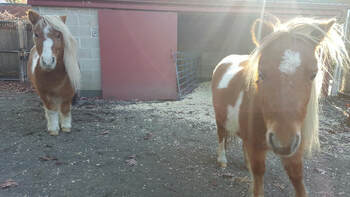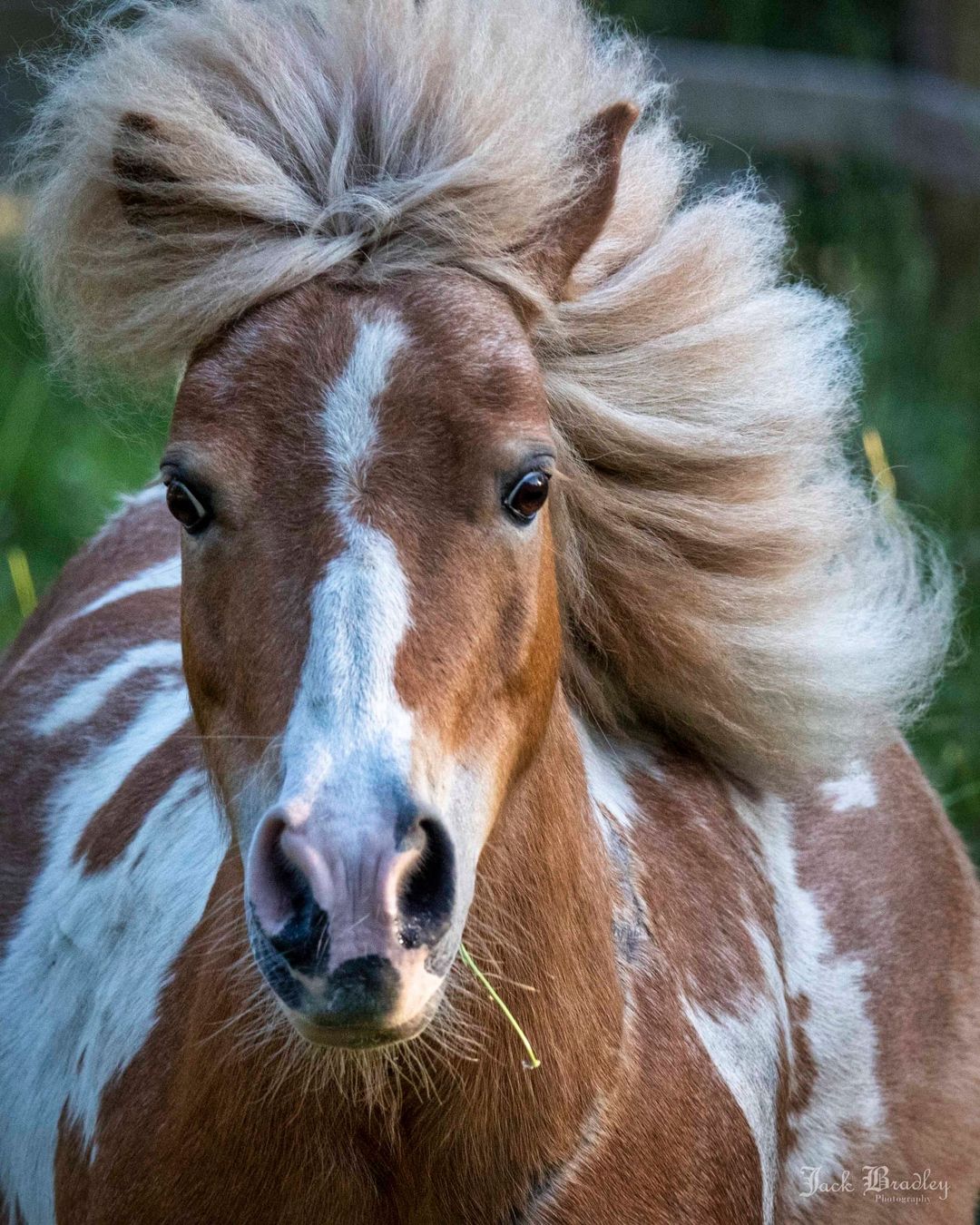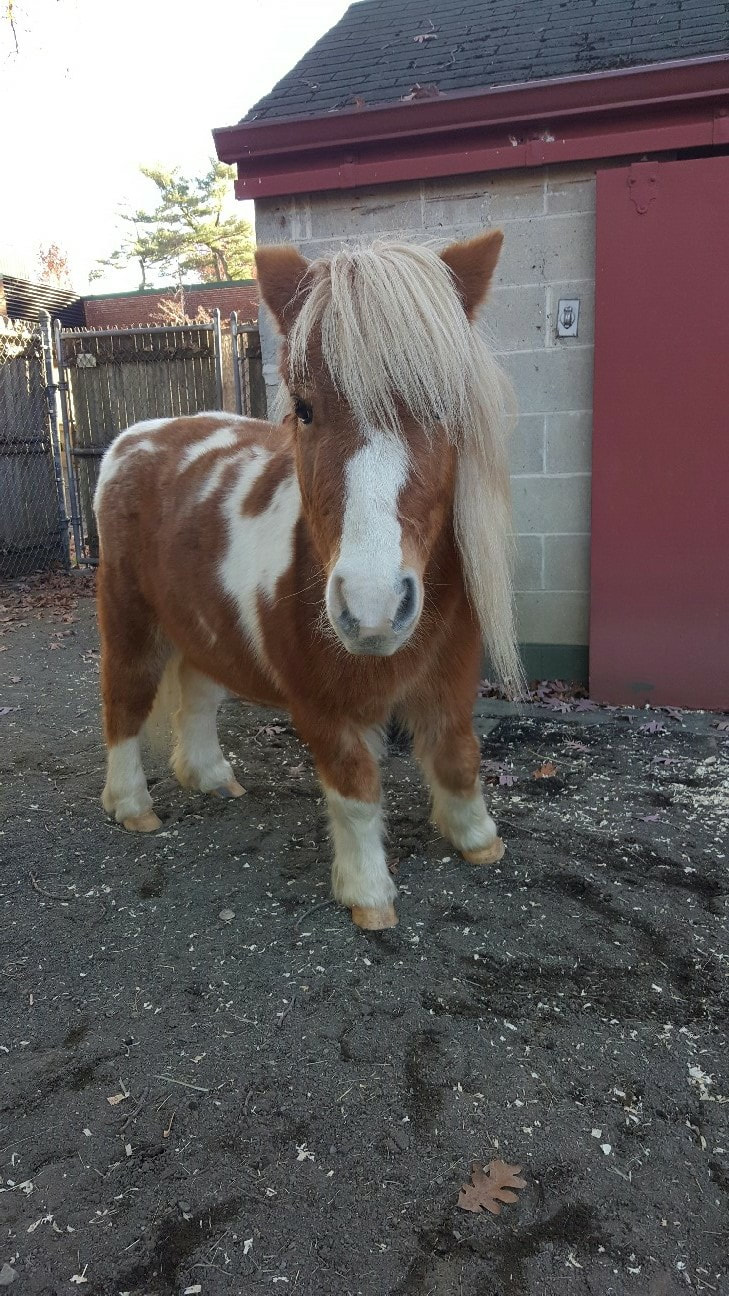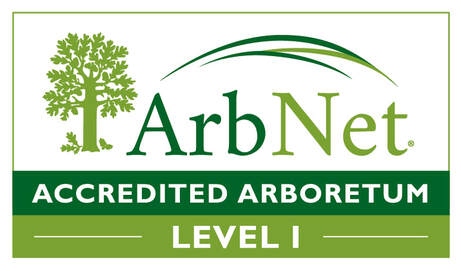Miniature Horse (Equus ferus caballus)
|
Physical Description: Miniature Horses look exactly like regular horses, only much smaller. Their body proportions are the same except for their eyes. Miniature Horses have large eyes which can give them 360 degrees of vision. Their eyes are among the largest proportionally of any mammal. They have small hooves that are made of the same protein as human hair and fingernails. Their nose could fit into a person’s hand.
Full-grown Miniature Horses weigh between 150 and 250 pounds. The tallest they can grow and still be considered a Miniature Horse is 38 inches. Foals will reach 90% of their adult height by the time they are one year old. Although they are small, they are quite strong. A small child will be eye level with a Miniature Horse. Miniature Horses come in a wide range of colors and patterns. In the warmer months their coat is thin to allow them to keep cool in the heat and humidity. In colder months their coat gets thick and woolly. Their fur also naturally repels flees! Miniature Horses have an excellent sense of sight, hearing, and smell. They can turn their ears in different directions to give them better hearing. Additionally, they breathe through their nose but not their mouth. Male Miniature horses have more teeth than the females. They sleep 2 ½ to 3 hours a day on average, and they sleep longer in summer than they do in winter. Miniature Horses are known for their gentle nature and fondness for human companionship. This had led to some Miniature Horses being trained as guide and service companions. Habitat: Miniature Horses prefer to be outdoors. They like to graze in pastures but they also need a barn stall for when they want to get out of any bad weather. Range: They can be found worldwide on farms, in zoos, and working as guide animals. Diet: They eat grass, grains, hay, oats. They also need a daily source of salt and minerals. Lifespan: They live 30 years on average. Social Structure: A female, or mare, usually gives birth to one foal every Spring. A newborn foal weighs about 20 pounds and stands between 16 and 21 inches tall. Soon after birth the foal is standing on its own four feet and within a few hours it can be running across a pasture. Foals will stay with their mother for up to a year but they are weaned at around four or five months of age. The father, or stallion, takes no part in the care of the offspring. Status: As a domesticated species, they are not assessed by the IUCN. Other: The height of all equine species is measured in “hands”. One hand equals 4 inches. Equine height is measured at the withers (the top of the shoulders where the mane ends)! |









